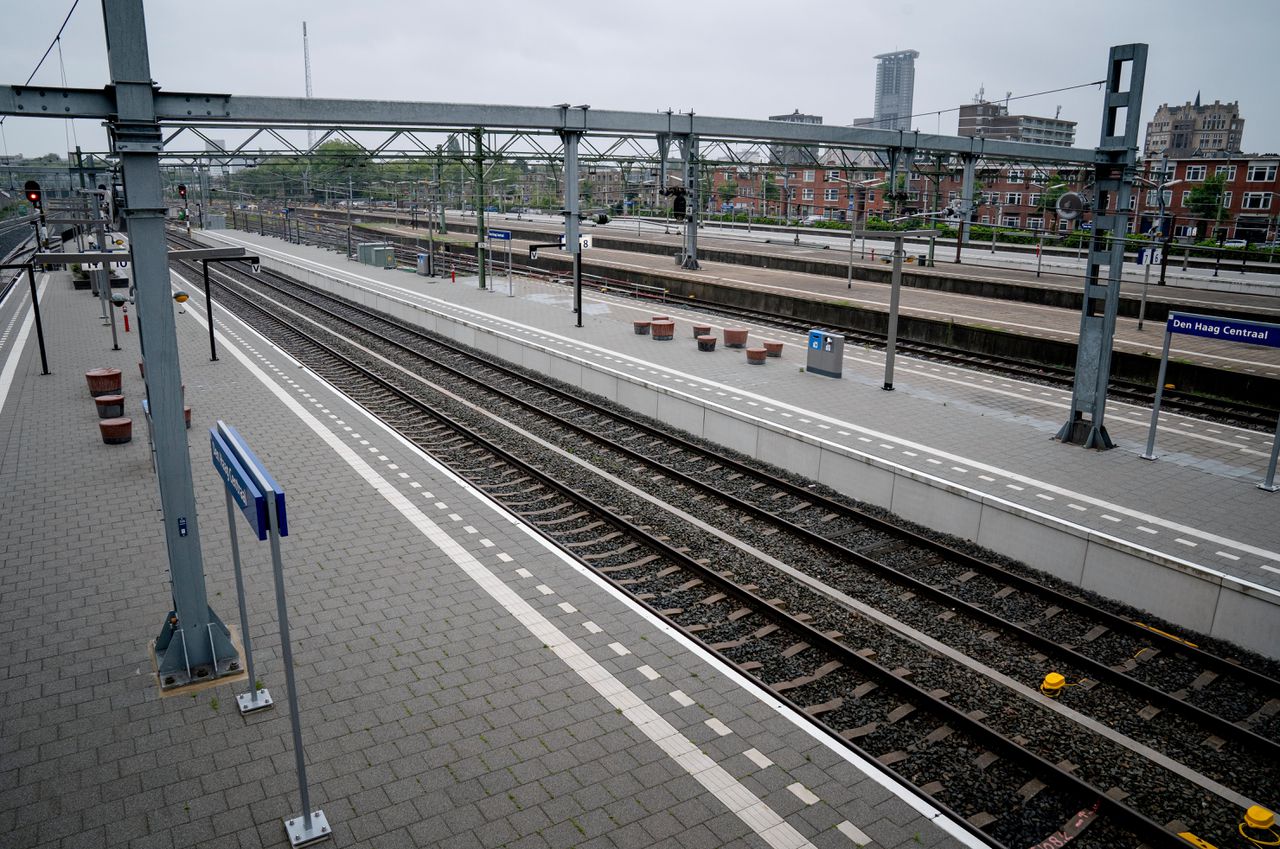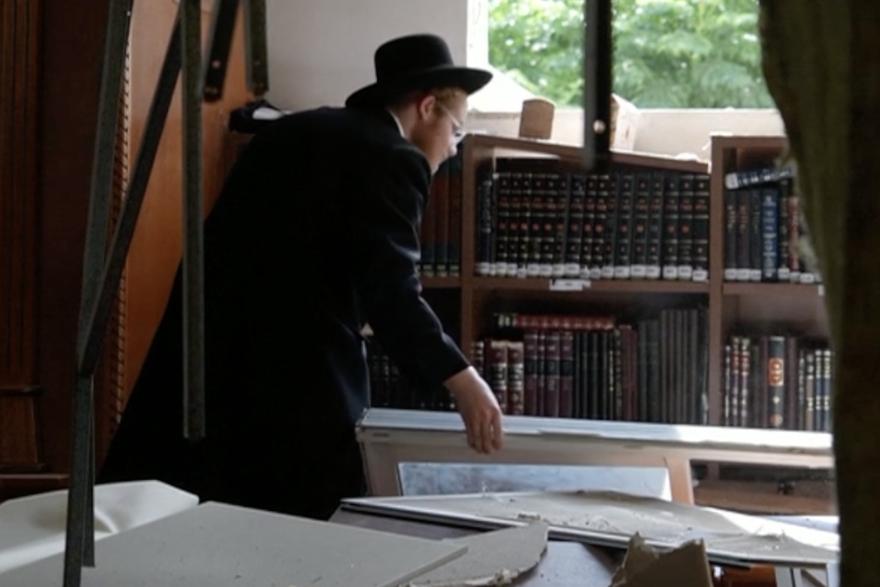A fast train connection is very welcome in the northeast of the country: bus line 73 stops at 58 stops
/s3/static.nrc.nl/images/gn4/stripped/data131290333-331387.jpg|https://images.nrc.nl/llo_Q1HRQmjmS1WMrz4QnpgiDRA=/1920x/filters:no_upscale()/s3/static.nrc.nl/images/gn4/stripped/data131290333-331387.jpg|https://images.nrc.nl/AKAGyT9VjnfoO3tIDSu7Wv8V2xs=/5760x/filters:no_upscale()/s3/static.nrc.nl/images/gn4/stripped/data131290333-331387.jpg)
« Oh, you’re talking to it, » Timnit Debesay (19) sighs, « Those Rotbussen always. » She drops defeated on the bench of the bus stop. The MBO student had hoped to leave on time from the center of the East Groningen Stadskanaal. But to her disappointment she has to wait half an hour. Bus line 312, which brings many students to Groningen every day, has dropped out.
It is not the first time that the 312 has abandoned her. Due to the unreliability of the buses, regular delays and the long travel distance to Groningen, she made a drastic decision in January this year. The student exchanged her parents’ house in Ter Apel for a room in Stadskanaal. Slightly irritated, she says: « From Ter Apel you often first have to go to Emmen and then travel to Groningen. You switch three or four times. So I went to live a little closer. » As a result, she hoped for less hassle by public transport. In vain, it turns out now. That is why she now hopes that there will soon be another solution: « I have heard that there are plans for a train. That would save me a lot of time … If I was still studying. »
I work in Stadskanaal, live in Groningen and then it is an hour on the bus without the car. It would be fantastic if that could be faster
The train that Debesay is talking about is the so -called Lower Saxony Line. For a long time there has been a desire to run a direct train connection between the cities of Groningen and Enschede for a long time, which visits places such as Veendam, Teram, Almelo and Stadskanaal along the way. Currently, travelers without a car in this area depend on long journeys with buses that stop at a countless stops (Bus line 73 stops at a maximum of 58 stops) or they first have to take the train to Zwolle, and then continue traveling to Emmen or Enschede.
Photo Sake Elzinga
Economic
The Spring Memorandum presented the Minister of Finance on April 18 was therefore by some proponents of the Lower Saxony Line open -armed received. The cabinet is sliding the project 1.9 billion euros. That is 165 million euros more Then strictly necessary for the construction of the line. At the same time, there is surprise and dissatisfaction, because the cabinet removes the money for the Lower Saxony Line at the Lelylijn. This Lelylijn, which should walk from Lelystad to Groningen, is, just like the Lower Saxony Line, a project to improve the accessibility of the Northern Netherlands. 3.4 billion was reserved for the Lelylijn, of which the Lower Saxony Line now receives a part.
The House of Representatives had even adopted a motion at the end of last year in which this financial move was blocked. The Groningen commissioner of the King René Paas spoke of ‘robbery« Last December he had lobed against that shift of money.
In Stadskanaal, most bus travelers do see the Lower Saxony Line. While student Richard Onrust (24) is waiting for the bus and expresses a cigarette under his black and white sneakers, he expresses his frustrations about long travel times: « You are sometimes in the bus for one and a half to two hours thanks to traffic jams. Especially the roundabout at Gieten is a nightmare. » Tim Enting (28) hopes that he will be able to be at work faster with the Lower Saxony Line. « I work in Stadskanaal, live in Groningen and then it is an hour on the bus without the car. It would be fantastic if that could be faster. »
Enting expects more people in the region to want to work if the connection with the rest of the country improves. « The entire region will get extra facilities and an inflow of workers, » he says.
This is also apparent from one research according to the feasibility of the Lower Saxony Line on behalf of the government. The researchers talk about ‘18,000 extra inhabitants, more than 9,000 extra homes and 14,625 jobs’ in the area where the Lower Saxony Line will run. The better accessibility of care, education and jobs would, according to the research, give an economic boost to the region. The Groningen deputy Erik Jan Bennema (VVD), who recently has the mobility portfolio, is delighted. He states that Noord-Oost Nederland has been waiting for this for a long time: « The areas further from the Randstad from The Hague get less attention. The fact that the Lower Saxon Line is coming and brings economic flowering is a nice boost. »
Oldest museum railway line
Yet not everyone in Stadskanaal is just excited about the new construction plans. Two kilometers north of the bus stop is already an old train station, from 1910, complete with a railway line – where the crop now protrudes above the partly rusted rails. This is the oldest museum railway line in the Netherlands, still used by the Stadskanaal Rail (Star) Foundation. Every now and then an old steam locomotive runs here for tourists. The track goes through residential areas and runs in certain places less than five meters from a back garden. Thanks to the sparse journeys, this causes few complaints.
/s3/static.nrc.nl/images/gn4/stripped/data131290276-478d70.jpg|https://images.nrc.nl/GEuC_WsQwoehvcQoI-HerpdkSqE=/1920x/filters:no_upscale()/s3/static.nrc.nl/images/gn4/stripped/data131290276-478d70.jpg|https://images.nrc.nl/w0z76gxQiwwocjgOaE0_d5Bl3CE=/5760x/filters:no_upscale()/s3/static.nrc.nl/images/gn4/stripped/data131290276-478d70.jpg)
Photo Sake Elzinga
This can change with the possible arrival of the Lower Saxony Line. The intention is for the rail connection to partly use the old trail of the Star, after adjustment for modern trains. An investigation states how to avoid the construction of a new piece of track residential areas. But not everyone here trusts the government’s plans.
At an unguarded rail transition, right next to the old Star station, Heero Heeres (75) is feeding his stray chickens. When asked what he thinks of the Lower Saxony Line, he ignites in a long account: « I am not against it, hey? But with the government you have to be careful. They say they are going to lay the track further on to relieve us, but I see them use this old track to save costs. And then we are a train in our backyard! » He points to a row of large wind turbines across the track, which break through the wide view. « There was a lot of resistance to those wind turbines. They eventually arrived, making people suspicious. »
Klaas Sloots, mayor of Stadskanaal, recognizes that image. « The reports show that the routes will run at a nice distance from the houses. But it is true, people have united against the railway line. There is resistance and that is understandable. » According to the mayor, a large part of the distrust of the government projects previously carried out in the region is coming. « At the arrival of the windmills in the neighborhood, the government did not show its best side. Especially the national government, not locally or provincial. Not to mention the earthquake problems and the difficult damage repair. How many ingredients do you want? »


:format(webp)/s3/static.nrc.nl/wp-content/uploads/2024/12/27113911/web-2712ONDreconstructie1.jpg)
/s3/static.nrc.nl/images/gn4/data133757273-bdad3f.jpg)




